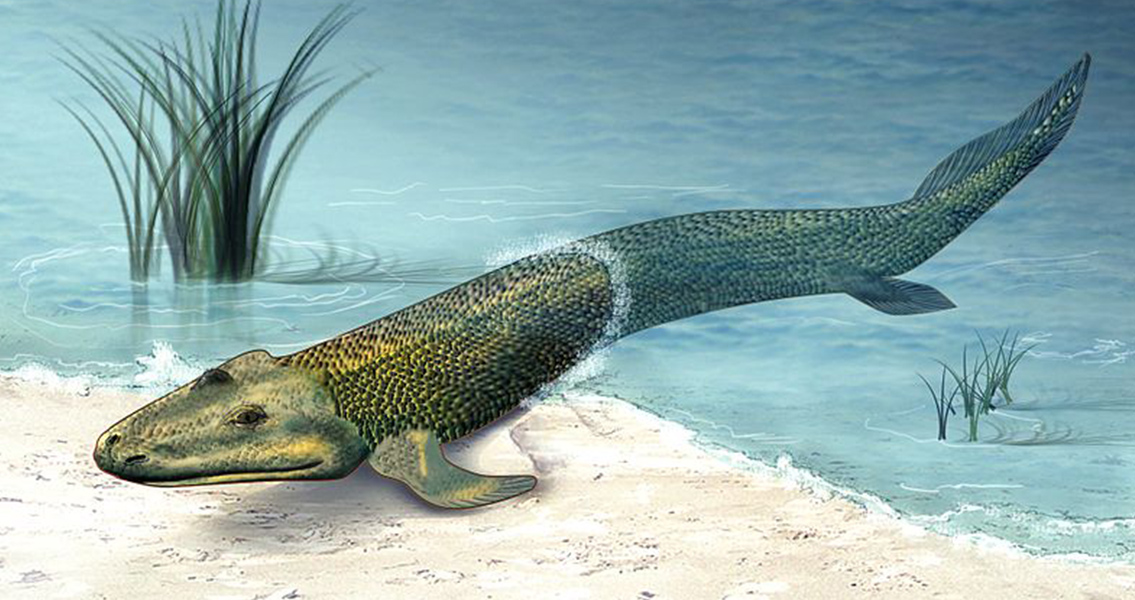<![CDATA[According to a paper recently published by the National Academy of Sciences, researchers have finally put an end to long standing arguments about the evolutionary connection between fins and fingers. According to evolution theory, ancient lobe-finned fish transformed pectoral fins into strong bony extremities, which enabled developing tetrapods to crawl in shallow water or even on land. Ambiguity over the modern tetrapod limb structure called the autopod however, meant researchers and scientists had been unable to completely chart the genetic components of this process. The autopod has wrists and fingers or ankles and toes, but no obvious morphological equivalent in the fins of living fish. Neil Shubin, Professor of Organismal Biology and Anatomy at the University of Chicago told Science Daily, "Fossils show that the wrists and digits clearly have an aquatic origin, but fins and limbs have different purposes. They have evolved in different directions since they diverged. We wanted to explore, and better understand their connections by adding genetic and molecular data to what we already knew from the fossil record." That being said, preliminary attempts to verify the link based on shape similarities of limb bones and fins were unsuccessful. The autopod is different from most fins in that the wrist is comprised of a sequence of small nodular bones, followed by longer thin bones that form digits. The bones of living fish fins look entirely different. They have a set of long bones ending in small circular bones called radials. The genes that form these bones are also dissimilar - they are known as HoxD and HoxA clusters. At first, researchers tested the ability of genetic "switches" in teleosts (bony, ray-finned fish) to form the limbs of developing transgenic mice. The fish control switches did not produce any activity in the autopod, however. Researchers were discouraged, until they discovered a problem in the fish they were using in the test. 300 million years ago the fish-like organisms which would become tetrapods split off from the teleost lineage and went through a whole-genome duplication (WGD). This is an occurrence that has happened several times during evolution. Realising this, the scientists found a bony fish which did not go through WGD. The spotted gar is a fish native to North America which split off from the teleost fish species before the WGD. When the research team compared the Hox gene switches from the spotted gar with tetrapods, they found the match they had been looking for. The research team from the National Academy of Sciences stated they had discovered "an unprecedented and previously undescribed level of deep conservation of the vertebrate autopod regulatory apparatus which suggests a high degree of similarity between distal radials of bony fish and the autopod of tetrapods." Overall, they have concluded, "our results provide regulatory support for an ancient origin of the late phase of Hox expression that is responsible for building the autopod." Image courtesy of Wikimedia commons user: Cropbot]]>
Arguments About the Connection Between Fin and Fingers Finally Resolved by Researchers
